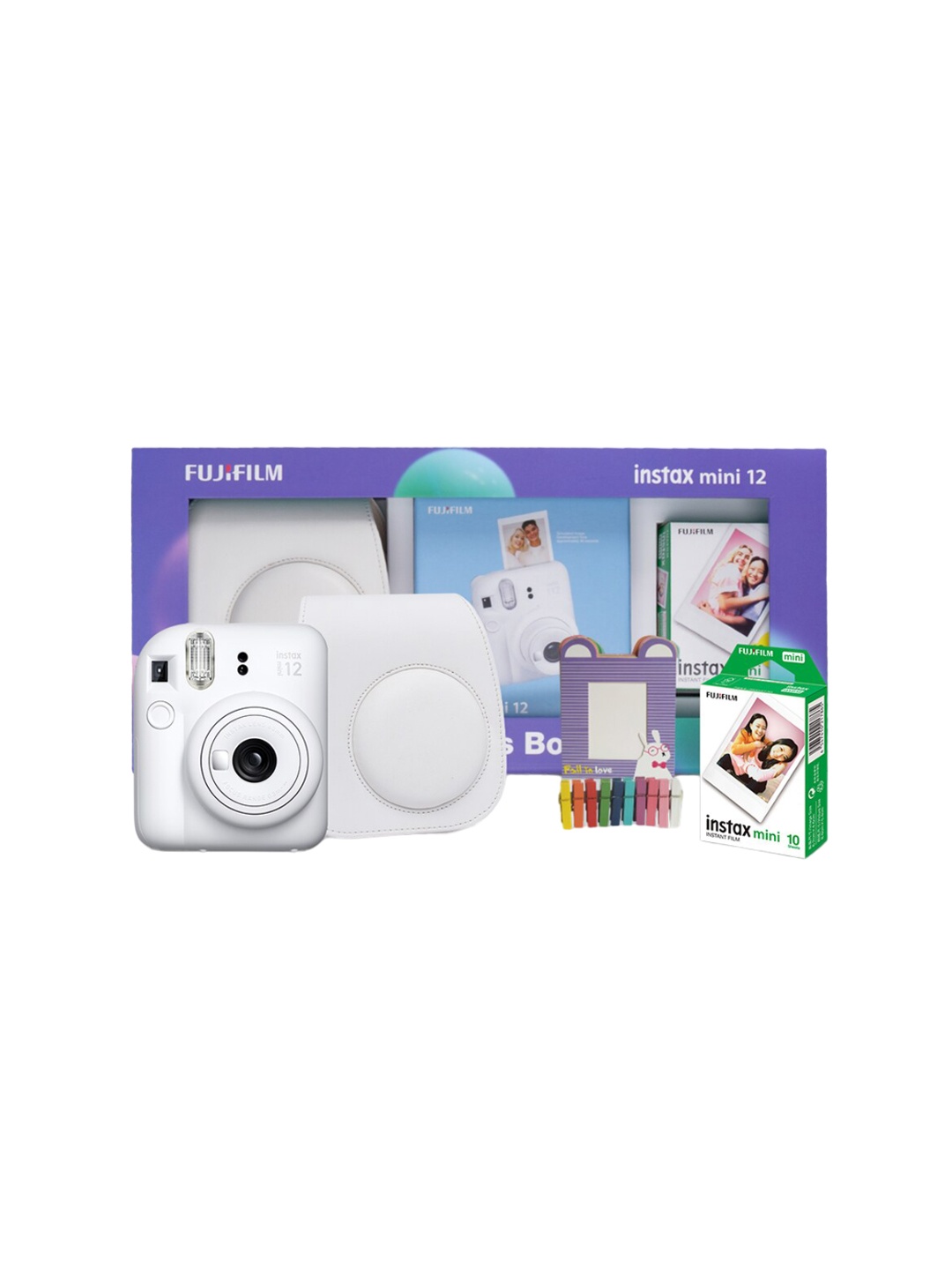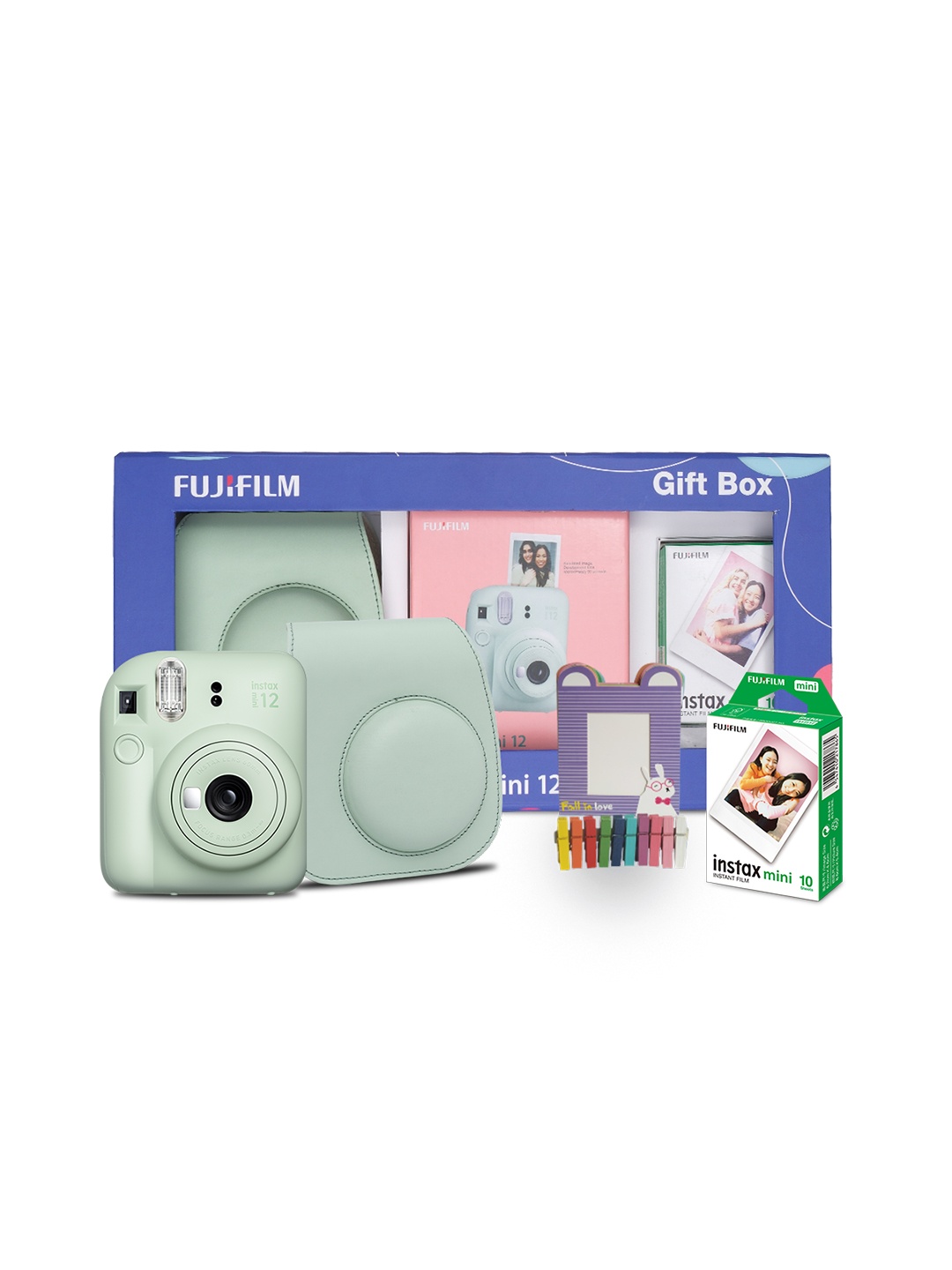Maximise The Benefits Of Clay Masks: Check Expert Tips For Every Skin Type And Top 10 Products On Myntra
Clay masks have long been lauded for their ability to deeply cleanse, detoxify and rejuvenate the skin. Dig deeper into how to use a clay mask tailored to your specific skin type, ensuring you get the most out of every application. Check these 10 related products on Myntra too.

Discover The Power Of Clay Masks: A Complete Guide; Check Top Products On Myntra Too
If there's one skincare product that has truly stood the test of time, it's the humble clay mask. Whether it's for soothing irritated skin, unclogging pores, or giving your complexion a refreshing glow, clay masks seem to promise it all. But the trick to getting the maximum benefits lies not just in picking up any random tub of clay; it's all about understanding your unique skin type and matching it with the right mask. In India, where the weather shifts dramatically and skin concerns like acne, pigmentation, and dryness are common, using the right clay mask can become a game-changer.
So, let's unlock the secret to making clay masks work wonders for you, based on your skin type. From sensitive to oily, every skin type needs something different. Let's break it all down.
Also Read: 9 Face Masks You Can Try To Get Hydrated and Glowing Skin At Home
1. Understanding Your Skin Type: Why It Matters
Before diving into the world of clay masks, it's important to take a step back and truly understand your skin type. Whether your skin is oily, dry, combination, or sensitive, each type reacts differently to various ingredients. It's easy to get lured by the next big skincare trend, but when it comes to clay masks, choosing the right one is crucial for avoiding unwanted skin issues.
In India, where humid summers or dry winters can cause havoc on the skin, understanding your skin's needs is the first step towards healthy skin. For instance, if you have oily skin, you might reach for a mask that absorbs excess oil and tightens pores, while those with dry skin may need something more hydrating and soothing.
Take a good look at your skin, and if you're unsure, consider consulting a dermatologist before experimenting with different products. It's always a good idea to know your skin's baseline before jumping into anything new. That way, you'll avoid potential reactions and can truly experience the clay mask's full benefits.
2. The Right Clay Mask for Oily Skin: Absorb the Excess, Don't Overdo It!
Oily skin can often feel like a constant battle. The shine, the enlarged pores, the occasional breakout, it all adds up. But clay masks can be a game-changer for managing oil production without stripping your skin of its natural moisture. When selecting a clay mask for oily skin, look for ingredients like bentonite clay, kaolin, or fuller's earth (Multani Mitti), all known for their oil-absorbing properties.
These clays work by drawing out impurities, excess oil, and dirt, leaving your skin fresh and matte. However, it's crucial not to overdo it! Applying a clay mask too frequently can dry out your skin, triggering an increase in oil production as your skin tries to compensate. Instead, once or twice a week is often enough.
For an added boost, consider adding a few drops of tea tree oil or a squeeze of lemon juice to the mix. Both ingredients are known for their antibacterial properties, making them perfect for those prone to acne or breakouts, a common concern for oily skin.
3. Clay Masks for Dry Skin: Hydrate and Nourish
Dry skin, especially in India's dry winters, can leave your face feeling tight, flaky, and dull. While it may seem counterintuitive to apply a clay mask to dry skin, there are certain types of clay that can offer hydration and nourishment. Look for masks that contain rhassoul clay or kaolin clay, both of which are gentler and less drying than their oil-absorbing counterparts.
A great trick is to add a few drops of natural oils like argan oil, almond oil, or coconut oil to the mask. These oils work to lock in moisture while the clay draws out impurities. Always apply a hydrating toner and moisturiser afterwards to ensure that your skin stays supple and nourished.
Remember, clay masks don't need to be harsh to be effective. Your goal is to strike a balance between detoxification and moisture retention, so your skin doesn't feel parched after the treatment.
4. Combination Skin: Strike the Right Balance
Combination skin, it's the skin type that leaves you scratching your head. Oily in some areas, dry in others, it's the perfect challenge for anyone looking to create a skincare routine that works for every inch of their face. When using a clay mask on combination skin, you want a mask that addresses both your oily T-zone and dry cheeks.
A good choice for combination skin is a dual-purpose mask, one that balances both cleansing and hydration. You can also apply different masks to different areas of your face. For example, apply a more absorbent mask like fuller's earth to the oily T-zone, while using a soothing rhassoul or kaolin clay mask on your drier areas.
When working with combination skin, avoid clay masks that are overly drying, as this can exacerbate the dryness in your cheeks. Balance is key, you want your skin to feel refreshed, not tight or dry.
5. Sensitive Skin: Be Gentle, Be Careful
Sensitive skin can be tricky. You need a clay mask that's gentle enough to avoid irritation but effective enough to still reap the benefits. Ingredients like kaolin clay and rhassoul clay are gentle on the skin, providing deep cleansing without causing inflammation or redness.
Avoid masks with strong fragrances or irritating chemicals. Instead, focus on masks that include calming ingredients such as aloe vera, lavender oil, or rose water to soothe any redness or irritation. Always do a patch test on a small area of your skin before applying a new mask to your face, especially if you have sensitive skin.
If you're looking for an extra boost, opt for masks that contain green tea extract or chamomile, both of which have anti-inflammatory properties. With sensitive skin, less is often more, so don't layer on the mask too thick, and always leave it on for the recommended time.
6. Using Clay Masks for Acne-Prone Skin: Targeting Pimples and Breakouts
Acne can be incredibly frustrating, and finding the right treatment is key to managing it. Clay masks can be a great way to keep acne at bay, but they need to be used strategically. Look for masks with ingredients like bentonite clay, fuller's earth, or activated charcoal, which help detoxify the skin and draw out impurities that can lead to breakouts.
Clay masks with sulfur or salicylic acid can also work wonders, as both ingredients target acne-causing bacteria and help reduce inflammation. However, don't apply the mask too often—once a week is usually sufficient for most acne-prone skin types, as overuse can lead to skin irritation.
After applying the mask, it's essential to moisturise your skin with an oil-free moisturiser to avoid stripping your skin of its natural oils, which could trigger more breakouts.
7. DIY Clay Mask Recipes: Natural, Effective And Budget-Friendly
Sometimes, the best skincare treatments are the ones you create yourself. In India, where local ingredients like turmeric, neem, rose water, and sandalwood powder are abundant, a DIY clay mask can work wonders. The beauty of DIY clay masks is that you can personalise them to your skin's exact needs.
For oily skin, mix fuller's earth with a teaspoon of neem powder and rose water to balance oil production and soothe inflammation. For dry skin, blend rhassoul clay with a few drops of almond oil and honey to nourish and hydrate your skin. For acne-prone skin, add a pinch of turmeric to a bentonite clay mask to fight bacteria and brighten your complexion.
These DIY options are not only natural but also super cost-effective, making them a popular choice for skincare enthusiasts in India. The best part? You know exactly what's going onto your skin, no nasty chemicals in sight.
8. How Often Should You Use A Clay Mask?
Using a clay mask too often can lead to over-drying and irritation, but using it too infrequently means you may not see the benefits as quickly. The key is moderation. For most skin types, once or twice a week is sufficient to see results.
For oily or acne-prone skin, you can use a clay mask more often, but always make sure to moisturise well afterward. For sensitive or dry skin, limit the use of clay masks to once a week and choose a more hydrating option. If you're unsure, start with once a week and adjust depending on how your skin responds.
Products On Myntra Related To This Article
1. FoxTale Foxtale DeTan Skin Mask with Lactic Acid & Brazilian Purple Clay for Glowing Skin
2. INDALO Indalo Multani Mitti Powder for Skin & Hair Repair
3. BAKE Cotton Candy Anti Pigmentation Clay Mask with Alpha Arbutin
4. MYRA VEDA Pure & Natural Serbian Blue Clay
5. Shahnaz Husain Oxygen Plus Skin Beautifying Mask
6. House of Beauty De-Tan Mask With Alpha Arbutin & Licorice
7. Kremlin Anti Bacterial Charcoal Face Pack With Aloevera
8. Online Quality Store Pure And Natural Kaolin Clay Powder For Hair And Skin
9. Homeda Natural Kasturi Haldi Powder
10. Verdant Natural Care Pearl Multi Vitamin Face Pack
A clay mask can be an incredibly effective skincare treatment, but as with all things in life, the key lies in balance and understanding your skin's needs. By choosing the right clay mask for your skin type, using it the right way, and not overdoing it, you can enjoy the full benefits of clearer, smoother, and healthier skin. Remember to listen to your skin's signals, experiment with a few ingredients, and enjoy the ritual. After all, good skincare isn't just about products, it's about self-care and enjoying the process. So, go ahead, find that perfect clay mask, and give your skin the treat it deserves.
Disclaimer: The images used in this article are for illustration purpose only. They may not be an exact representation of the products, categories and brands listed in this article.




























